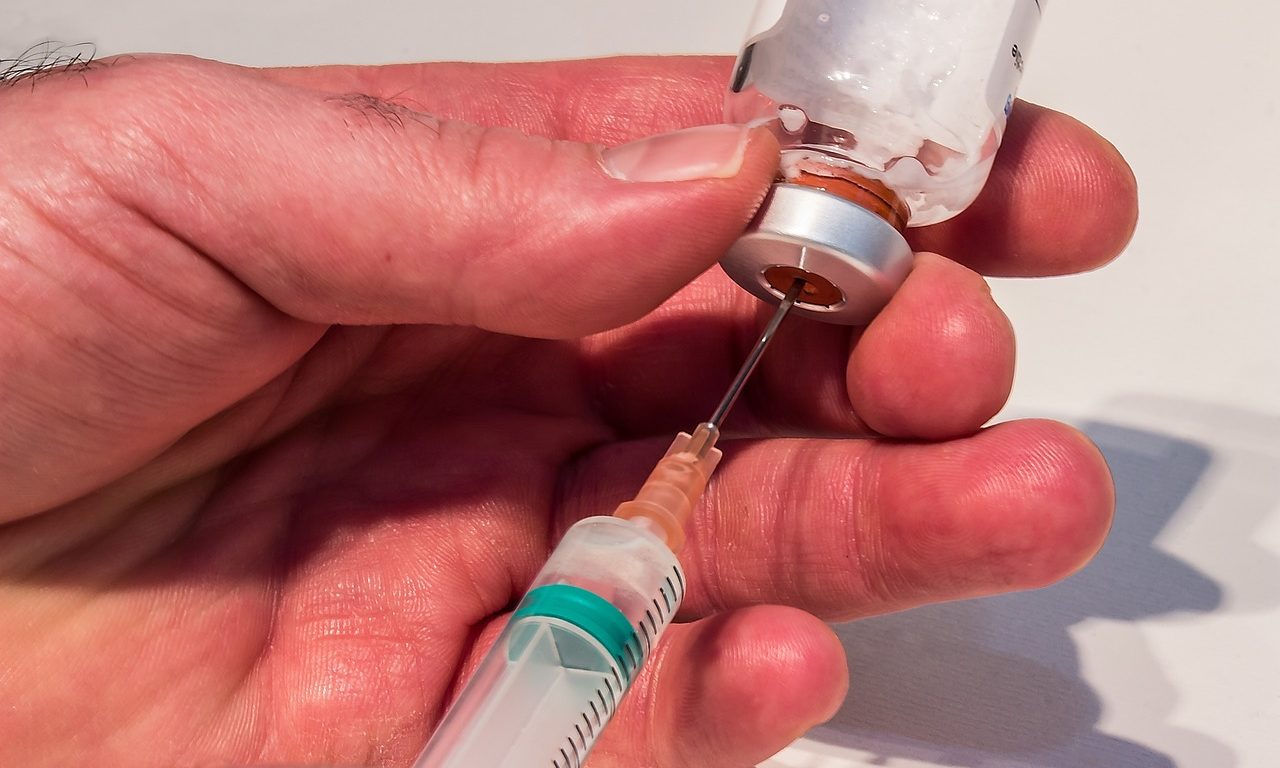In 2012, Carli, et. al., Conducted the study about Shoulder adhesive capsulitis, also known as frozen shoulder. It is a condition characterized by pain and restricted range of motion in the shoulder joint. Two common treatment approaches for this condition are shoulder manipulation and arthroscopic arthrolysis, and glenohumeral steroid injections. A recent study aimed to compare the effectiveness of these two treatment methods in patients with idiopathic adhesive shoulder capsulitis. The study evaluated patients’ range of motion and various evaluation scales over a period of 12 months.
The study involved a prospective design where patients were randomly assigned to two groups. Group A consisted of 23 patients who underwent shoulder manipulation and arthroscopic arthrolysis, while Group B included 21 patients who received glenohumeral steroid injections. The patients were evaluated at three, six, and 12 weeks, as well as at six and 12 months using several evaluation scales, including Constant and Murley, ASES, UCLA, and SST. The researchers also recorded the patients’ passive forward flexion, abduction, and internal and external rotations.
The results of the study showed significant improvements in range of motion for both treatment groups. In Group A, patients who underwent shoulder manipulation and arthroscopic arthrolysis experienced a mean increase in abduction (ABD) from 60° to 154°, external rotation (ER) from 20° to 40°, and forward flexion (FF) from 75° to 174°. In Group B, where patients received glenohumeral steroid injections, the mean increase in ABD was from 76° to 145°, ER from 20° to 35°, and FF from 115° to 164°.
The evaluation scales used in the study, including Constant and Murley, ASES, UCLA, and SST, all showed significant improvement in both groups at the final follow-up. However, it is worth noting that patients in Group A achieved significant improvement as early as the six-week follow-up (p <0.03), while patients in Group B reached the same level of improvement at the 12-week follow-up (p <0.03).
The study findings indicate that both shoulder manipulation and arthroscopic arthrolysis, as well as glenohumeral steroid injections, are effective in improving the range of motion in patients with shoulder adhesive capsulitis. However, there were notable differences in the time required to achieve significant improvement between the two treatment groups. Group A patients experienced significant improvement by the six-week follow-up, while Group B patients required 12 weeks to reach the same level of improvement.
These results suggest that shoulder manipulation and arthroscopic arthrolysis may lead to faster recovery and earlier restoration of range of motion compared to glenohumeral steroid injections. Healthcare professionals should consider these findings when deciding on the appropriate treatment approach for patients with idiopathic adhesive shoulder capsulitis. Further research is needed to explore long-term outcomes and potential factors influencing treatment response in order to optimize patient care and improve overall outcomes for individuals with this condition.
Reference: De Carli, A., Vadalà, A., Perugia, D., Frate, L., Iorio, C., Fabbri, M., & Ferretti, A. (2012). Shoulder adhesive capsulitis: manipulation and arthroscopic arthrolysis or intra-articular steroid injections?. International orthopaedics, 36, 101-106.
